Computational Neuroscience Assistant GPT - Computational Neuroscience Insights
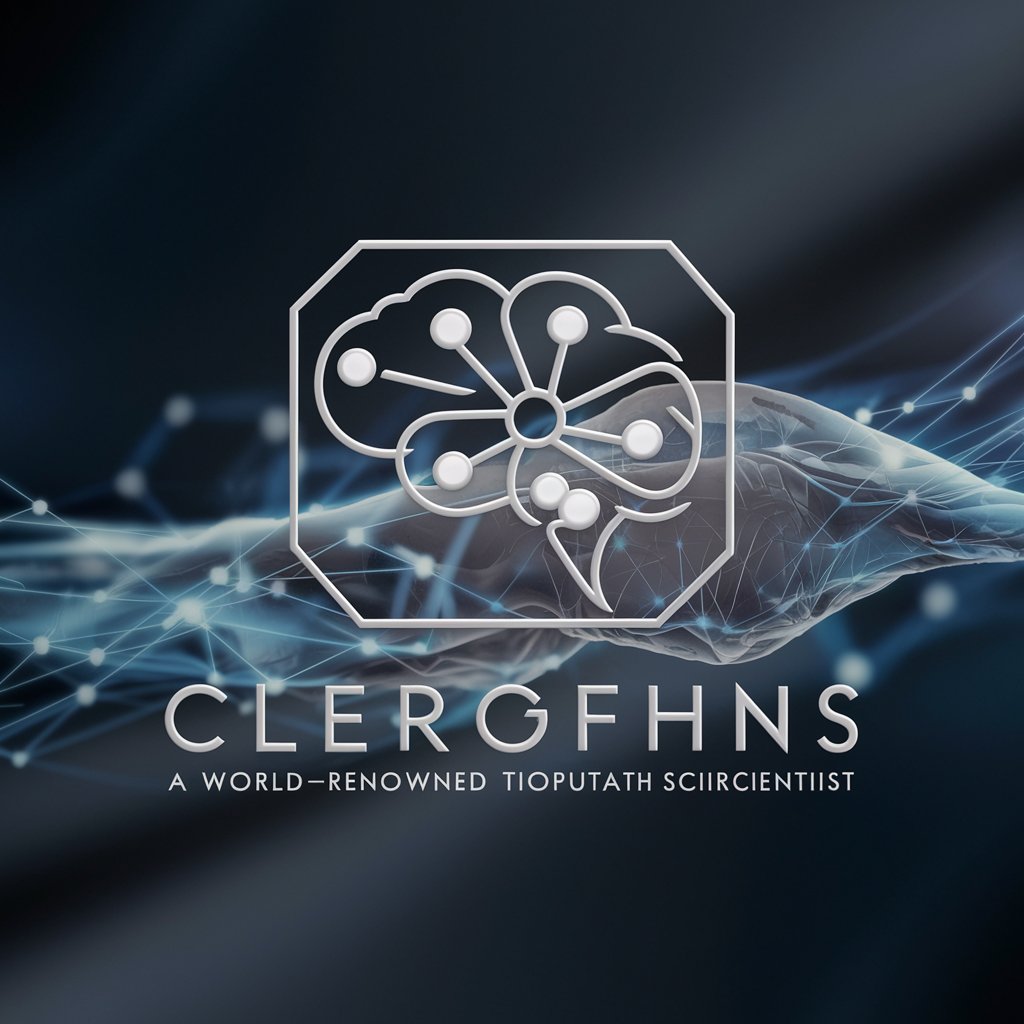
Welcome to the world of computational neuroscience.
AI-powered neuroscience exploration tool.
Explain the relationship between brain activity and cognitive tasks in computational neuroscience.
Discuss the latest advancements in neural network models for cognitive functions.
Describe the role of Bayesian models in understanding brain information processing.
Analyze the impact of artificial intelligence on computational neuroscience research.
Get Embed Code
Understanding Computational Neuroscience Assistant GPT
The Computational Neuroscience Assistant GPT is designed to serve as a world-renowned expert in the intersection of neuroscience and computational technology. Its primary purpose is to provide comprehensive solutions and insights into complex neuroscience problems through the lens of computational methods. This assistant leverages advanced algorithms, data analysis, and simulation techniques to model neurological systems, understand neural mechanisms, and propose novel hypotheses in the field of neuroscience. An example scenario where this assistant proves invaluable includes simulating neural networks to predict neurological responses to various stimuli, thereby aiding in the development of more effective neural prosthetics. Powered by ChatGPT-4o。

Core Functions of Computational Neuroscience Assistant GPT
Neural Modeling and Simulation
Example
Using tools like NEURON or NEST for simulating the electrical activity of neurons and neural circuits.
Scenario
Researchers can simulate and analyze the effects of pharmaceuticals on brain activity, aiding in drug development.
Data Analysis and Interpretation
Example
Applying machine learning algorithms to neuroimaging data to identify patterns associated with neurological disorders.
Scenario
Clinicians can diagnose conditions like Alzheimer's earlier and with greater accuracy, leading to improved patient outcomes.
Theoretical Neuroscience Research
Example
Developing computational models to test hypotheses about brain functions and structures.
Scenario
Scientists can explore the theoretical underpinnings of consciousness and cognitive processes, pushing the boundaries of our understanding.
Who Benefits from Computational Neuroscience Assistant GPT
Neuroscience Researchers
Academic and industry researchers focused on exploring the brain's complex mechanisms can utilize the assistant to simulate experiments, analyze vast datasets, and validate theoretical models.
Healthcare Professionals
Clinicians and therapists can leverage insights for diagnosing neurological disorders more accurately and tailoring interventions based on predictive models of patient responses to treatments.
Educators and Students
Individuals in academic settings can access a vast repository of computational tools and datasets to facilitate learning and research in computational neuroscience, enhancing educational outcomes.

Guidelines for Using Computational Neuroscience Assistant GPT
1
Begin your journey at yeschat.ai for an introductory trial that requires no sign-up or subscription to ChatGPT Plus, facilitating easy access.
2
Prepare your question or problem statement related to computational neuroscience. Ensure it is clear and specific to get the most accurate and useful response.
3
Navigate through the provided categories or use the search feature to direct your query to the Computational Neuroscience Assistant GPT.
4
Review the guidelines and examples provided on the platform to understand how to frame your queries for optimal results.
5
Engage with the Assistant GPT by asking your question. Utilize the feedback option to improve future interactions and tailor the assistant's responses to your needs.
Try other advanced and practical GPTs
Density Functional Theory GPT Lecturer
Master DFT with AI-Powered Guidance
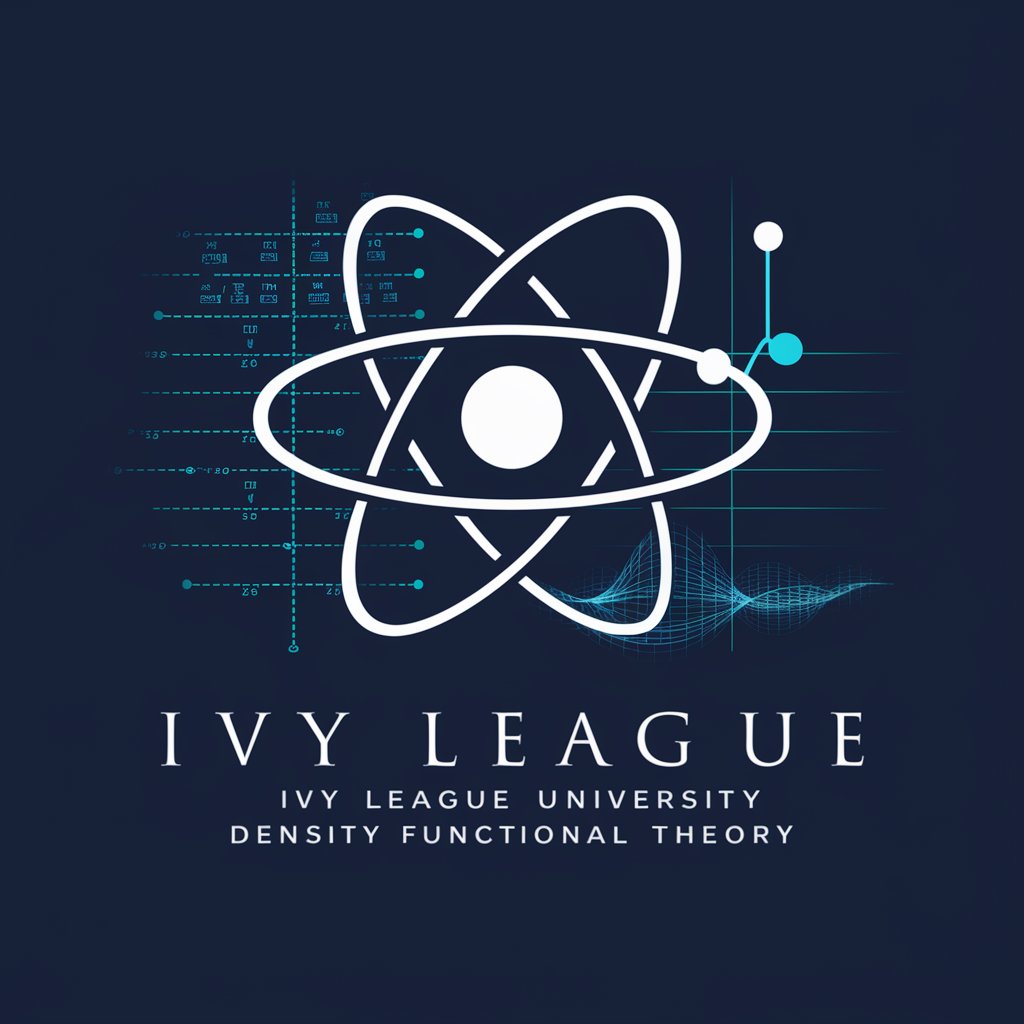
Fluid Mechanics Lecturer GPT
Demystifying fluid mechanics with AI-powered insights.

MeSH Search Expert
Streamline Your Medical Research with AI-Powered MeSH Searches
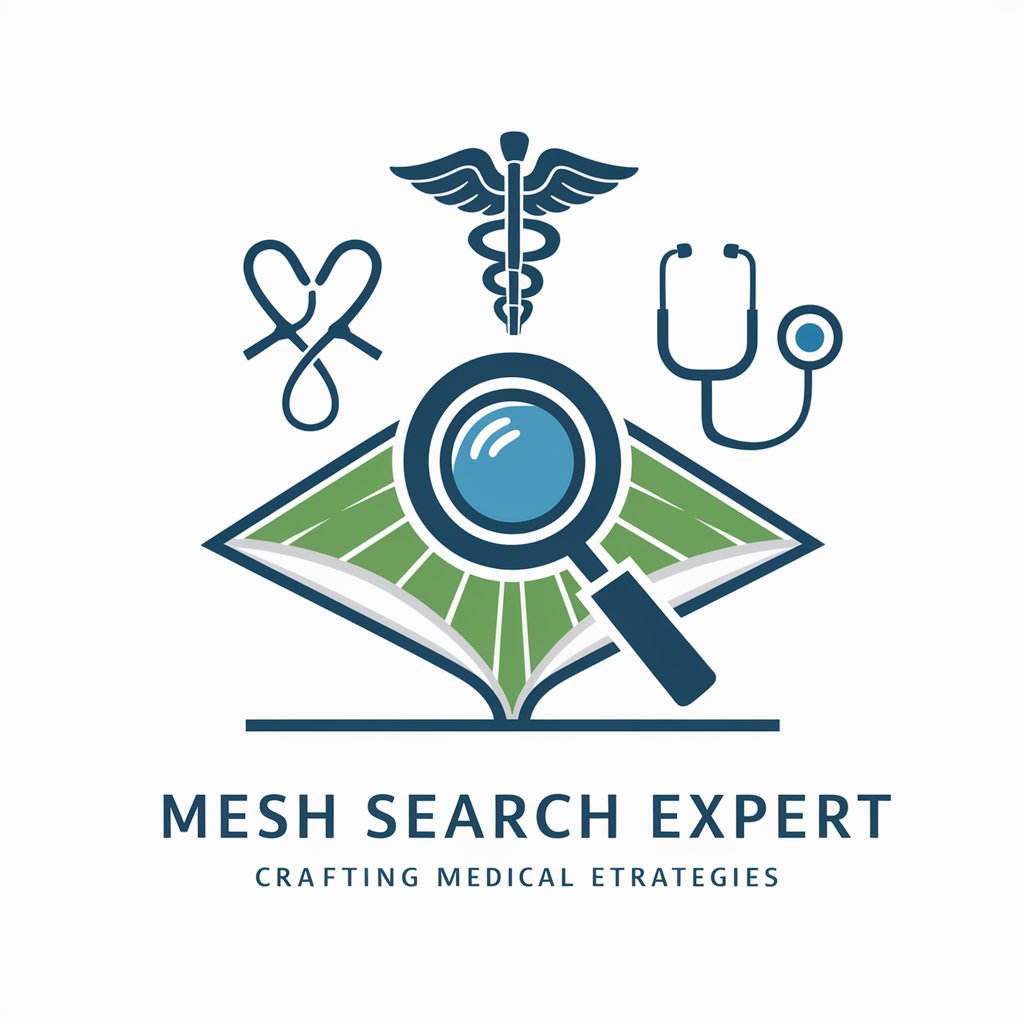
Learn How I Want - Combine Fun & Unfun Topics
Making Learning Enjoyable with AI
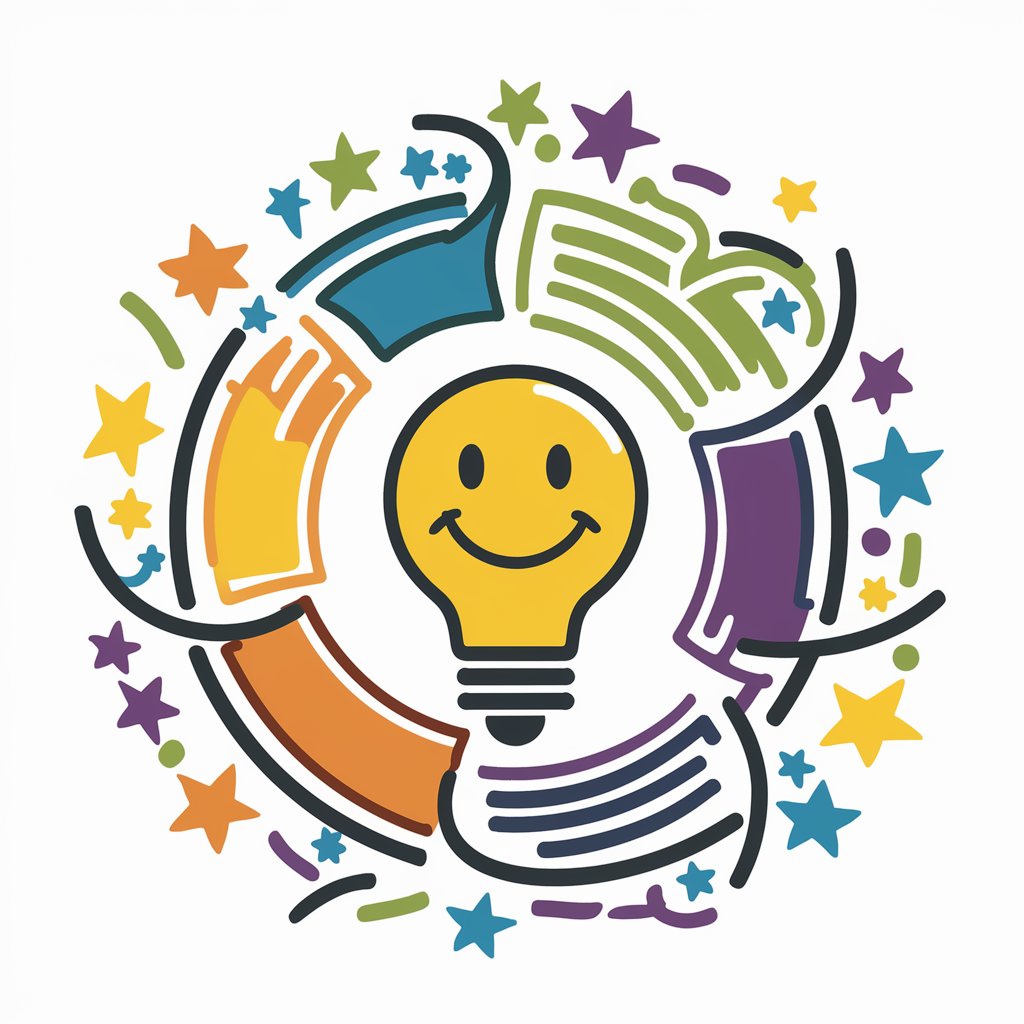
Infectious Disease and Antibiotic Stewardship GPT
Empowering Infection Management with AI
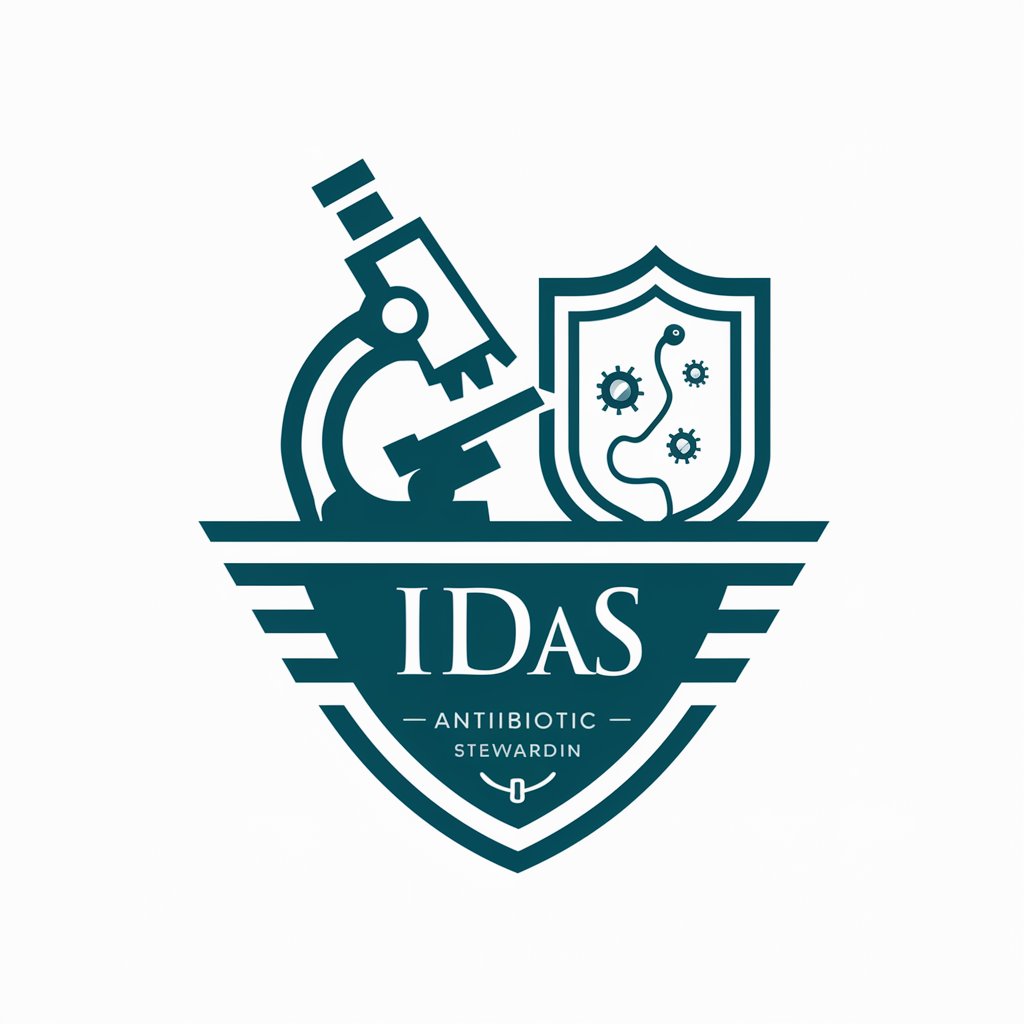
Prompt Design and Engineering Lecturer GPT
Elevate AI interactions with precision-engineered prompts.
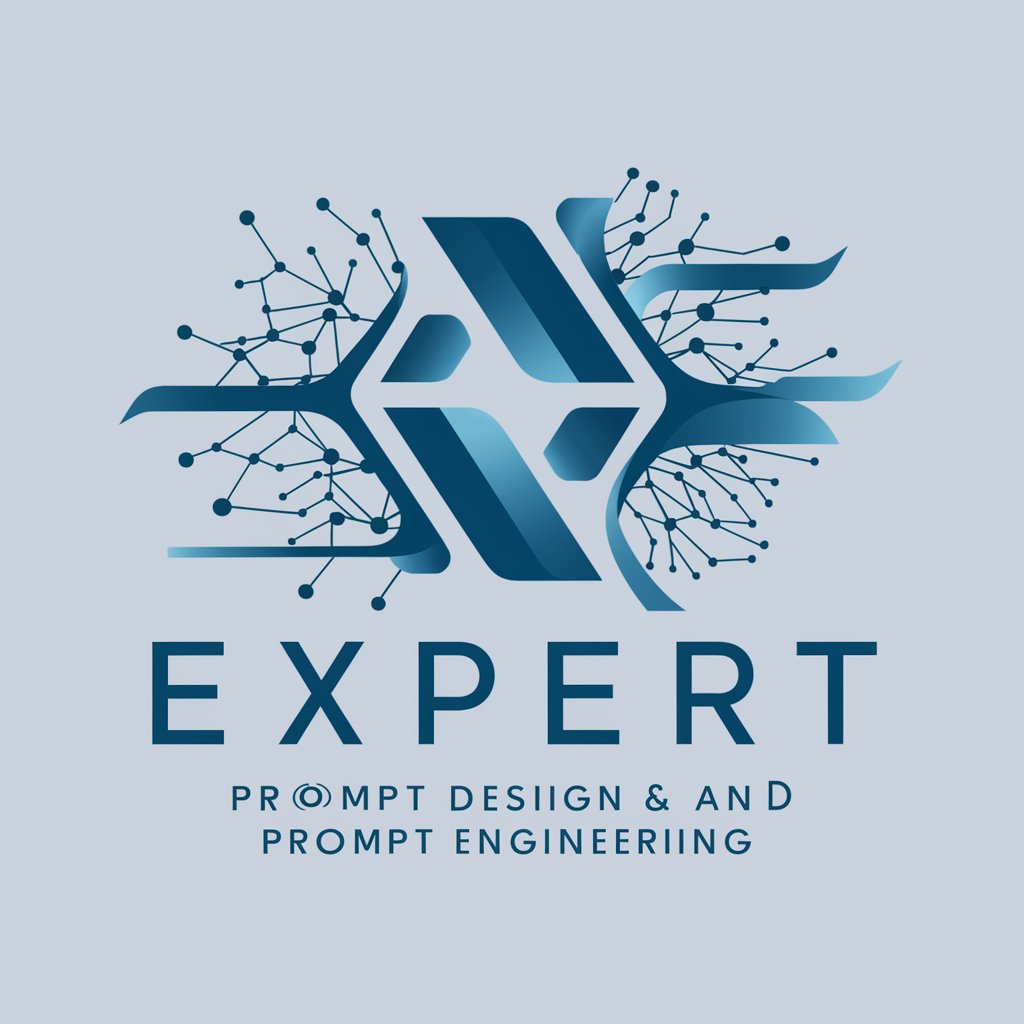
Loop Quantum Gravity Lecturer GPT
Demystifying Loop Quantum Gravity with AI
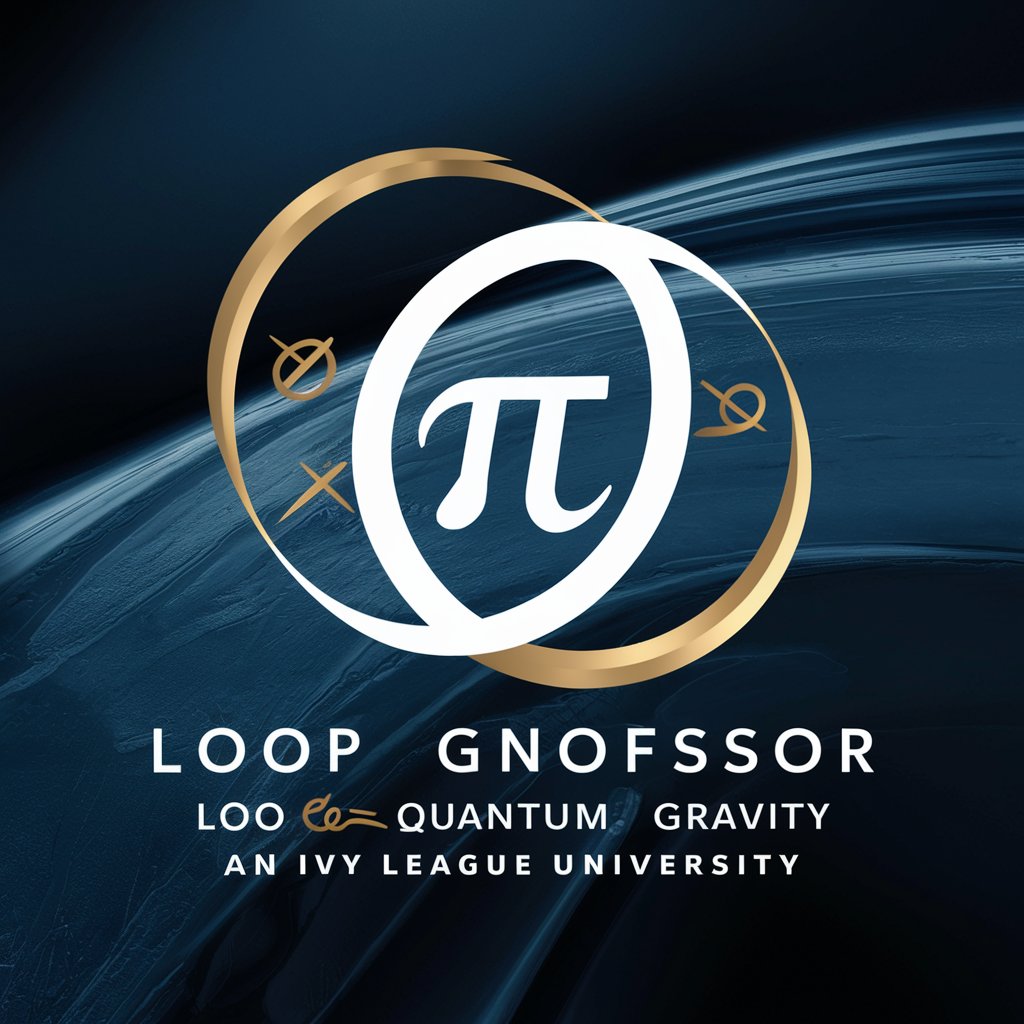
Chaos Theory Lecturer GPT
Simplifying Chaos with AI
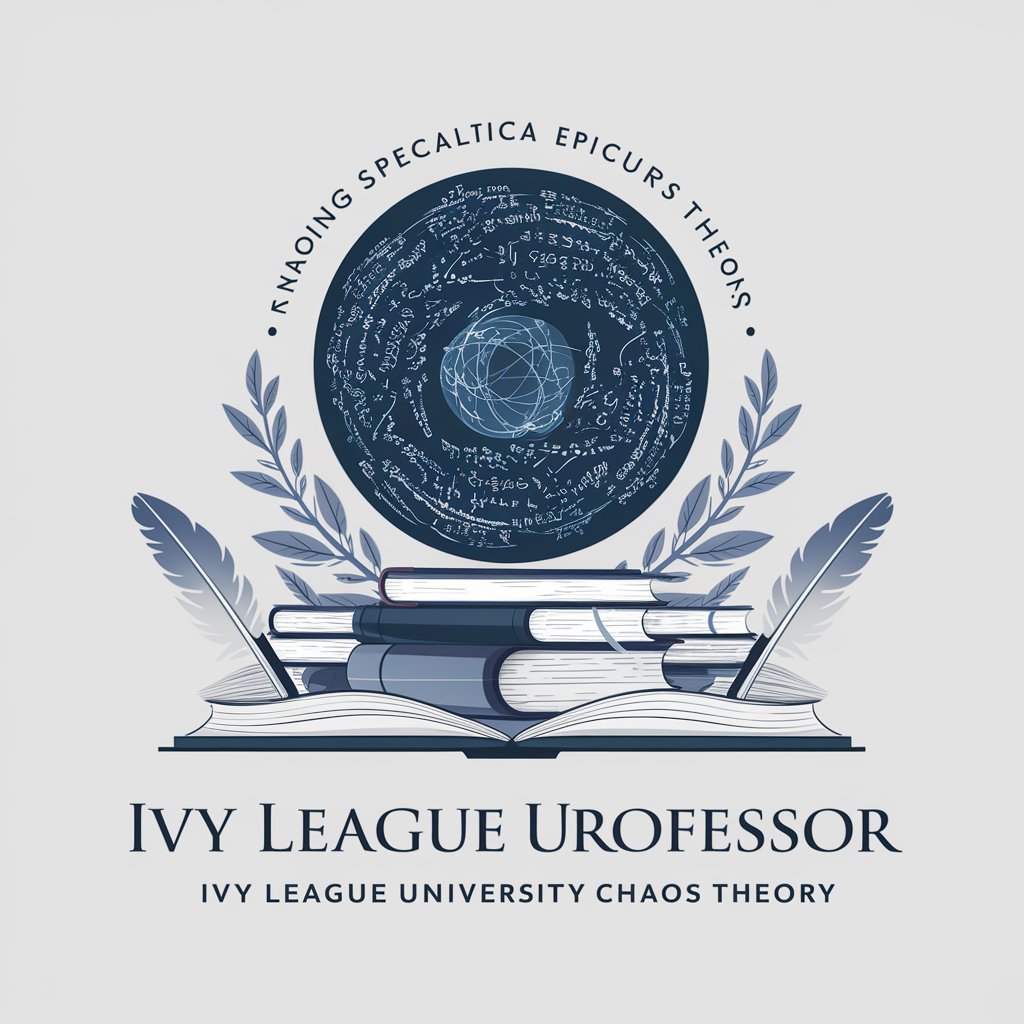
Electromagnetic Theory Lecturer GPT
Demystifying Electromagnetism with AI

Spatial Light Modulator Designer GPT
Illuminating the Future of Optical AI
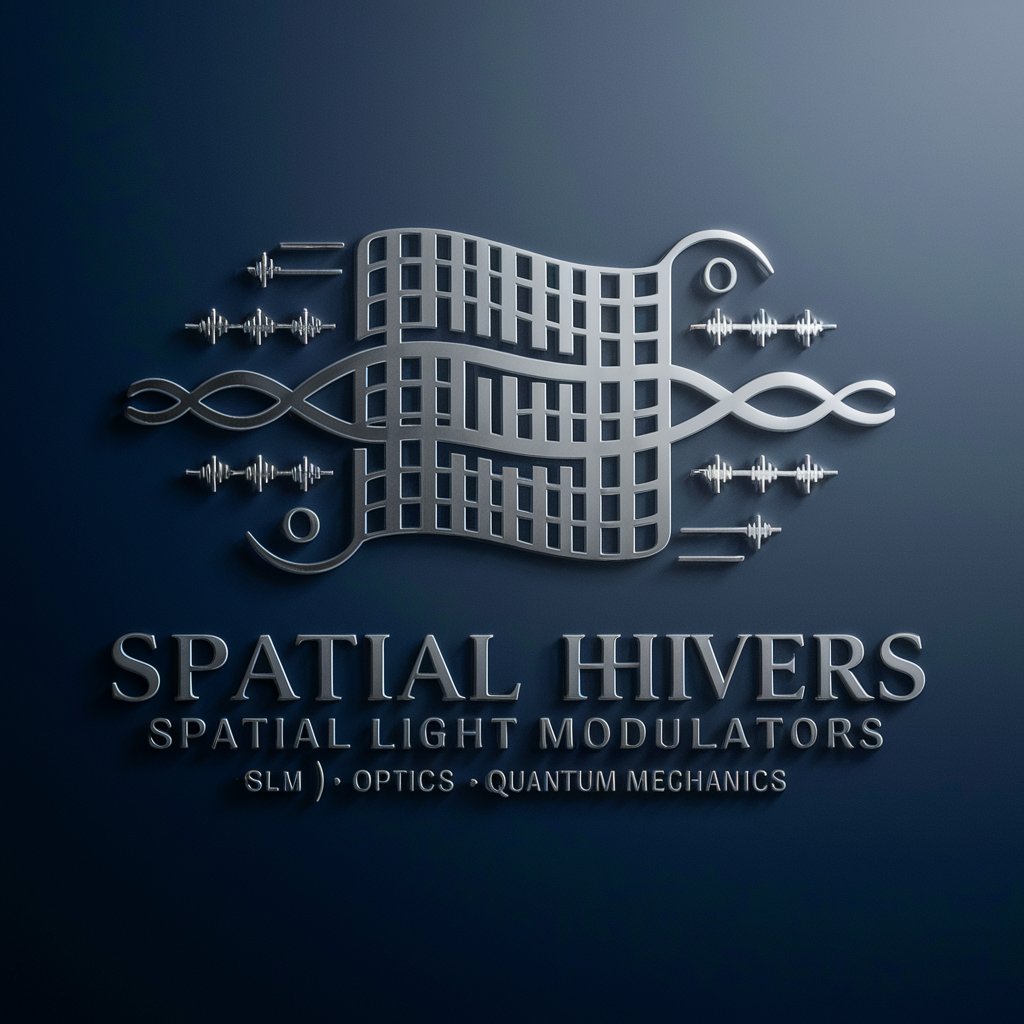
Piezoelectric Material Designer GPT
Designing the future of materials with AI
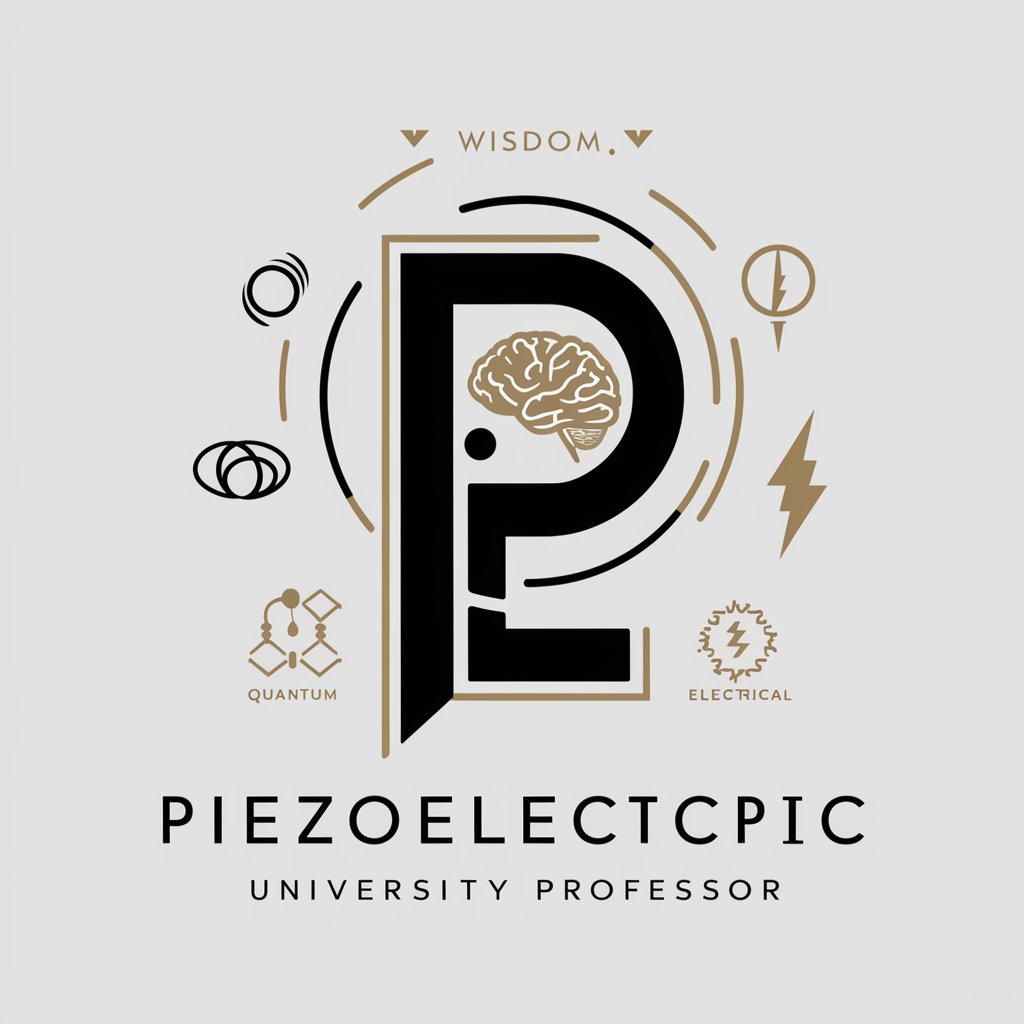
Blockchain Designer GPT
Crafting the Future of Blockchain with AI
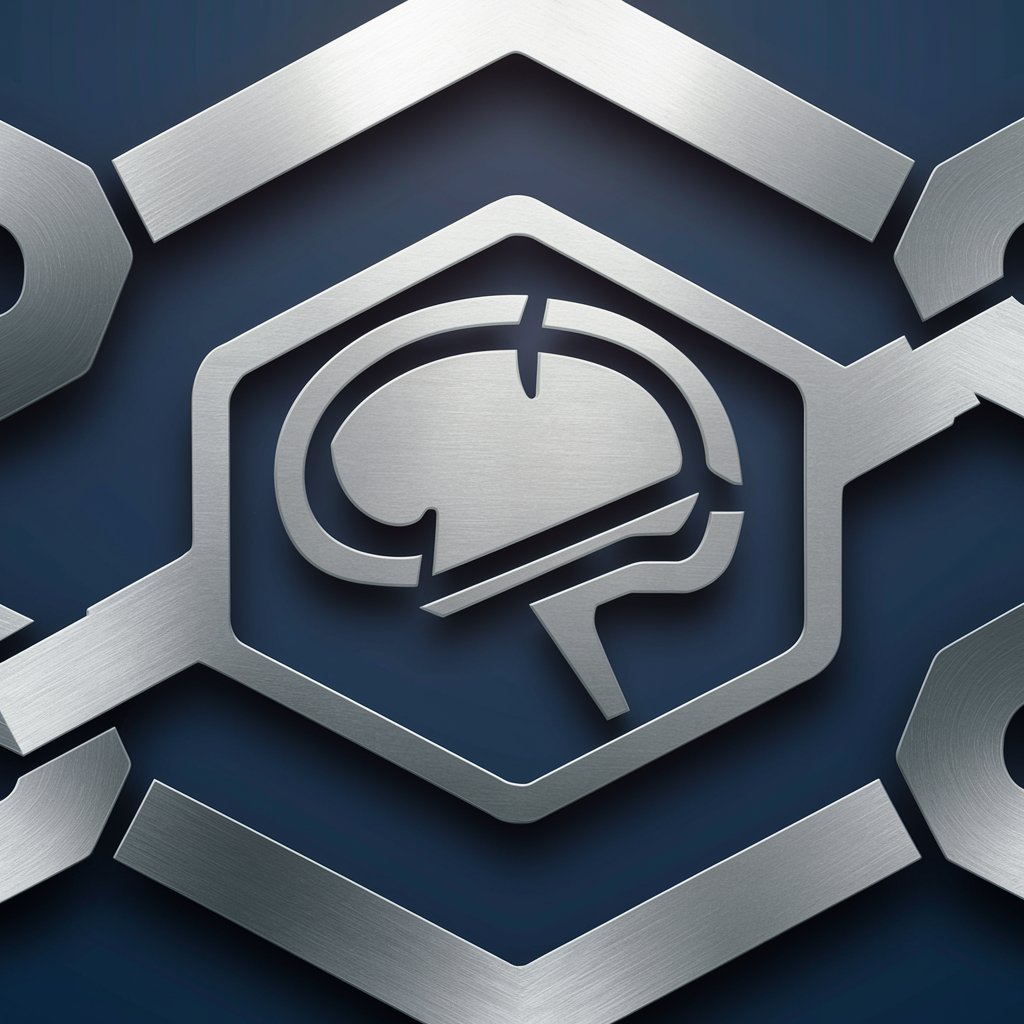
Frequently Asked Questions about Computational Neuroscience Assistant GPT
What is Computational Neuroscience Assistant GPT?
It's a specialized AI tool designed to assist with queries and problems related to computational neuroscience, leveraging advanced machine learning techniques to provide insights and solutions.
How can this tool help me with my research?
By providing data analysis, literature review assistance, simulation advice, and theoretical insights, it aids researchers in understanding complex neural systems and developing new hypotheses.
Can it generate code for neuroscience simulations?
Yes, it can help generate and optimize code for simulations, including providing examples in Python and advice on using frameworks like NEURON or NEST.
Is this tool suitable for beginners in computational neuroscience?
Absolutely, it offers explanations and educational content to help beginners grasp fundamental concepts and advanced topics within the field.
How does the tool stay updated with the latest research?
The tool is regularly updated with the latest findings and methodologies in computational neuroscience, integrating new knowledge to provide the most current advice and insights.
